7 plants that repel moles and keep them out of your yard
These plants can help keep moles out of your yard
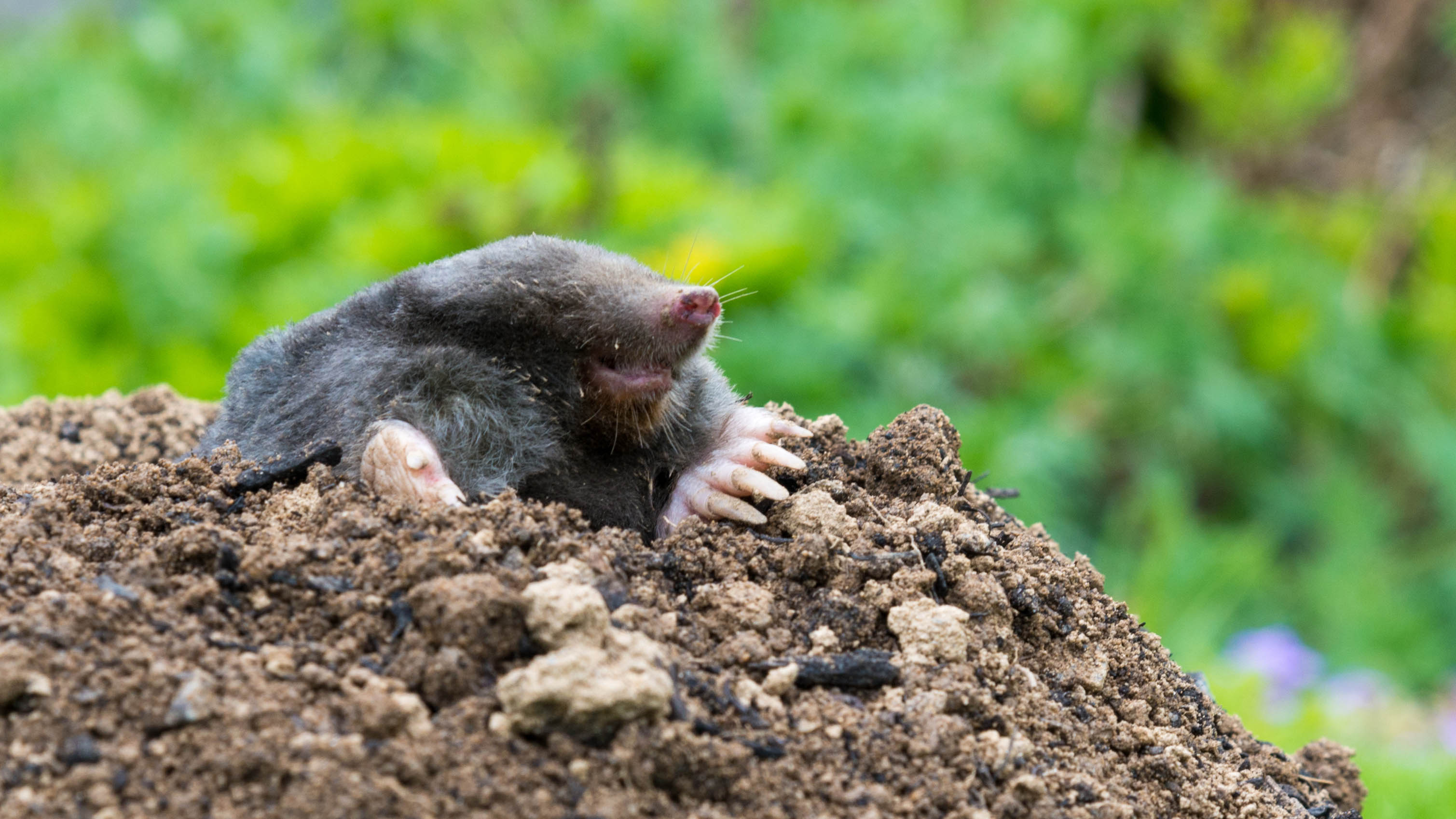
Moles are arguably one of the cutest pests you will have to deal with in your yard, similar to squirrels. Spending the majority of their time burrowing underground, their presence is only made clear by the destruction they leave behind. While moles are, no doubt, adorable, they can quickly feel like a nuisance when tell-tale molehills sporadically pop up in your yard, destroying parts of your lawn in the process. Add to that, while moles won’t eat your flowers, they can kill all kinds of plant life indirectly as they tunnel past the roots.
Of course, learning how to get rid of moles can deal with the problem in the short-term. But, how can you keep moles from coming back? Believe it or not, there are plants you can grow to actively deter these cute critters — plants which can create a barrier around your yard and protect it from future burrows. If you’re keen to learn more, we’ve rounded up the best plants for the job here. These 7 plants will repel moles and keep them out of your yard.
If groundhogs are proving to be a problem, here's 7 ways to get rid of groundhogs without hurting them.
1. Marigolds
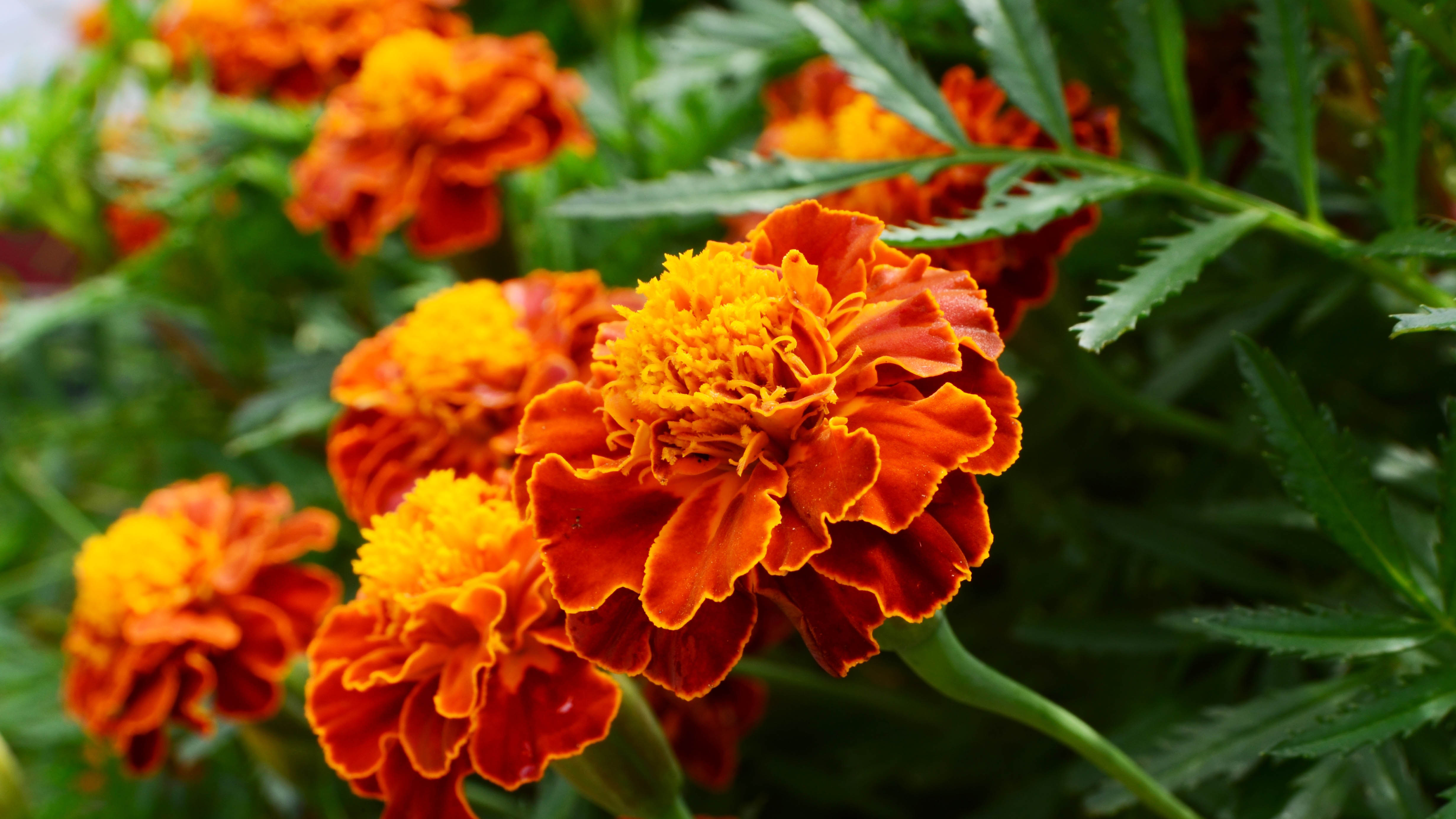
Marigolds will repel all kinds of pests, including spiders, snakes and mosquitoes to name a few, but they’re no friend to moles either. That’s because they emit a strong aroma, which is sharp, pungent and often overwhelming. You can plant a line of marigolds to create a barrier of sorts for your lawn — moles are less likely to tunnel through such an intense scent. Plus, marigolds are useful to have around because the roots emit a chemical known as alpha-terthienyl into the soil (a phototoxin), which is toxic to nematodes and repels alternative pests.
Marigolds are sun-loving plants. In fact, they’re one of the 7 drought-tolerant plants that will survive a heatwave — so they’re pretty easy to care for. They grow well in USDA zones 2-11, preferring dry conditions with well-drained soil. They only need watering about once a week in the heat of summer, leaving the soil moist, but not soggy. Garden marigolds are non-toxic to dogs and cats as well which is a bonus.
2. Daffodils
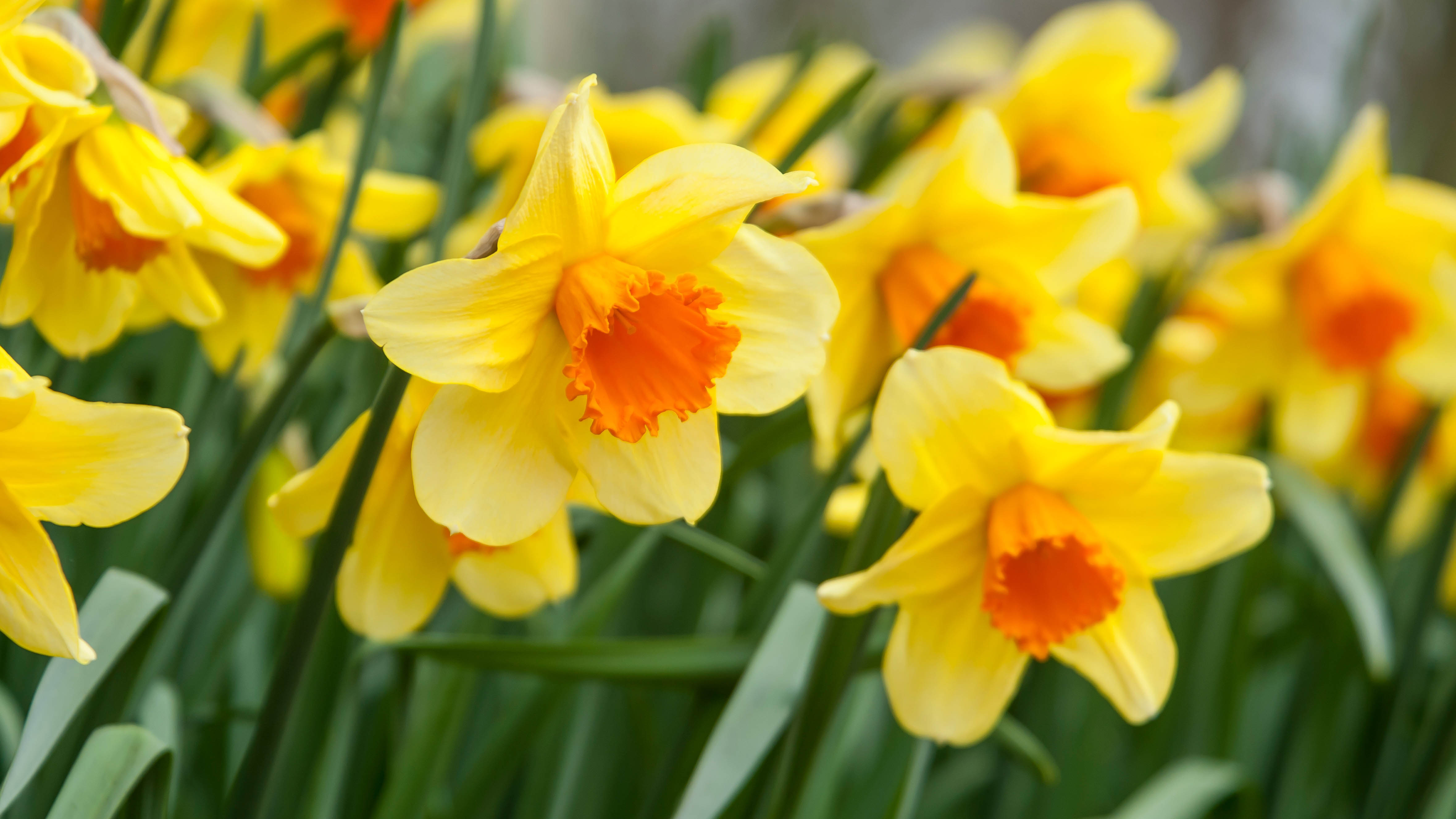
Daffodils can represent the first signs of spring in our yard — these plants are hardy and yet beautiful to look at, with cuttings often decorating our homes. But, moles would rather steer clear of such flowers. This is because this plant, and particularly its bulb, is known to be toxic to moles. It contains the chemical lycorine, which will actively keep squirrels, mice and voles at bay too. Keep in mind though that daffodils are toxic to cats and dogs as well as children, so skip this plant if you’ve got young family members running around. Otherwise, daffodils can make for an effective mole repellent if strategically placed.
Daffodils grow best in USDA zones 4-8. They bloom in the late winter to early spring, and will keep coming back year-on-year. Plants don’t come much easier to grow — requiring about 6 hours of full sun a day and about an inch of water once a week during the growing season. Only prune back the leaves with a pair of the best pruning shears once they have turned yellow.
Sign up to get the BEST of Tom's Guide direct to your inbox.
Get instant access to breaking news, the hottest reviews, great deals and helpful tips.
3. Alliums
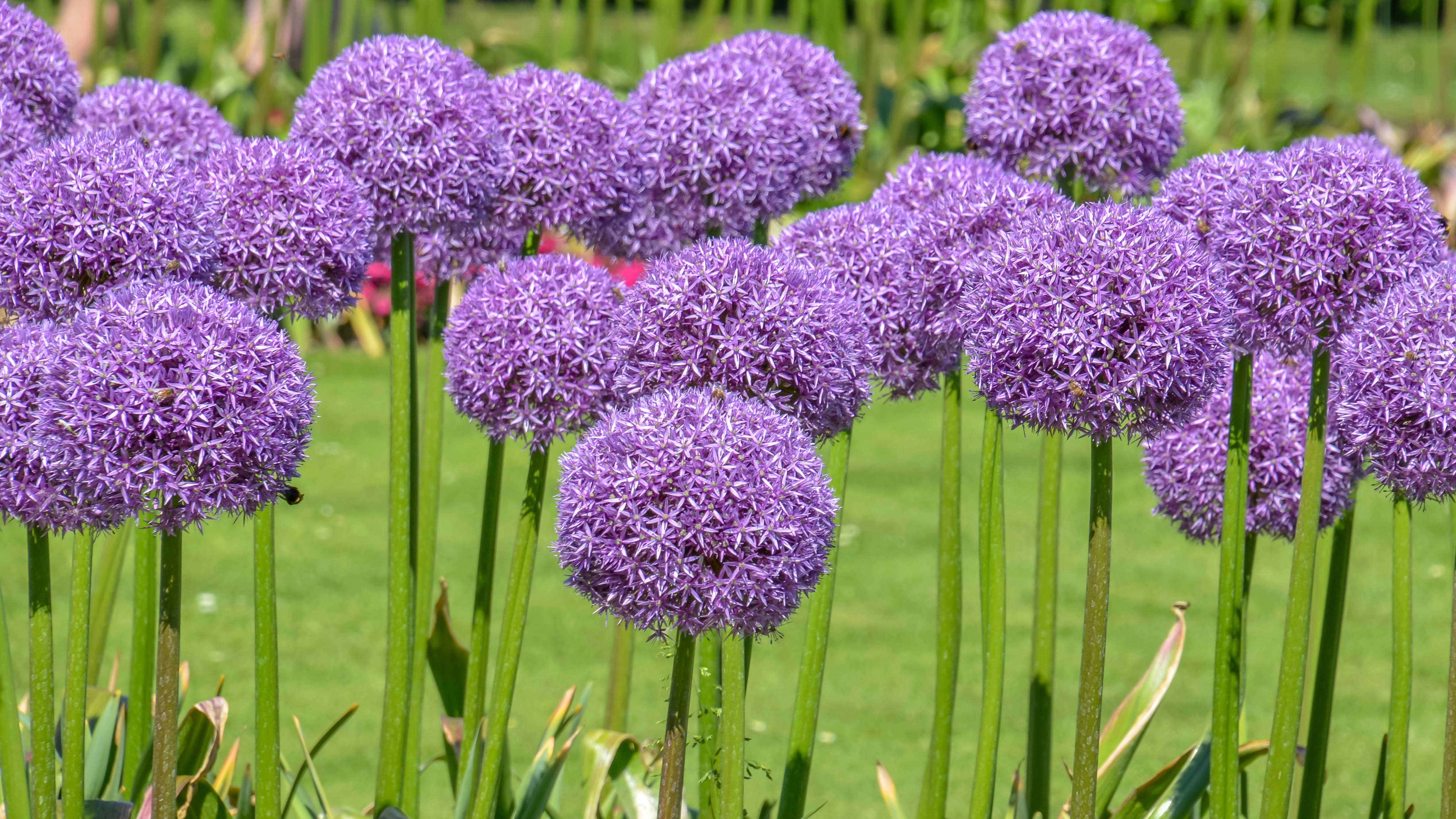
Alliums are actually closely related to onions, but the difference in appearance couldn’t be more stark. With its erect stalks and pom-pom shaped flower heads bustling with purple blooms, it’s a centerpiece plant to say the least. The relation becomes all the more clear when the foliage is damaged or bruised – a distinct oniony aroma is released. Such an aroma repels all kinds of pests, including deer and rodents, as well as moles. So any tunneling moles will actively steer clear of your yard should it be protected by a barrier of alliums.
Infrequent watering is best when it comes to alliums — everyday rainfall might prove to be enough if it’s regular and substantial. Full sun is preferred, although part-shade will work too, and make sure the soil is well drained, otherwise the bulb can rot with prolonged moisture exposure. Alliums are toxic to dogs, cats and children, so avoid this plant if you've got pets or kids in the yard. These grow best in USDA zones 4-10.
4. Castor bean plant
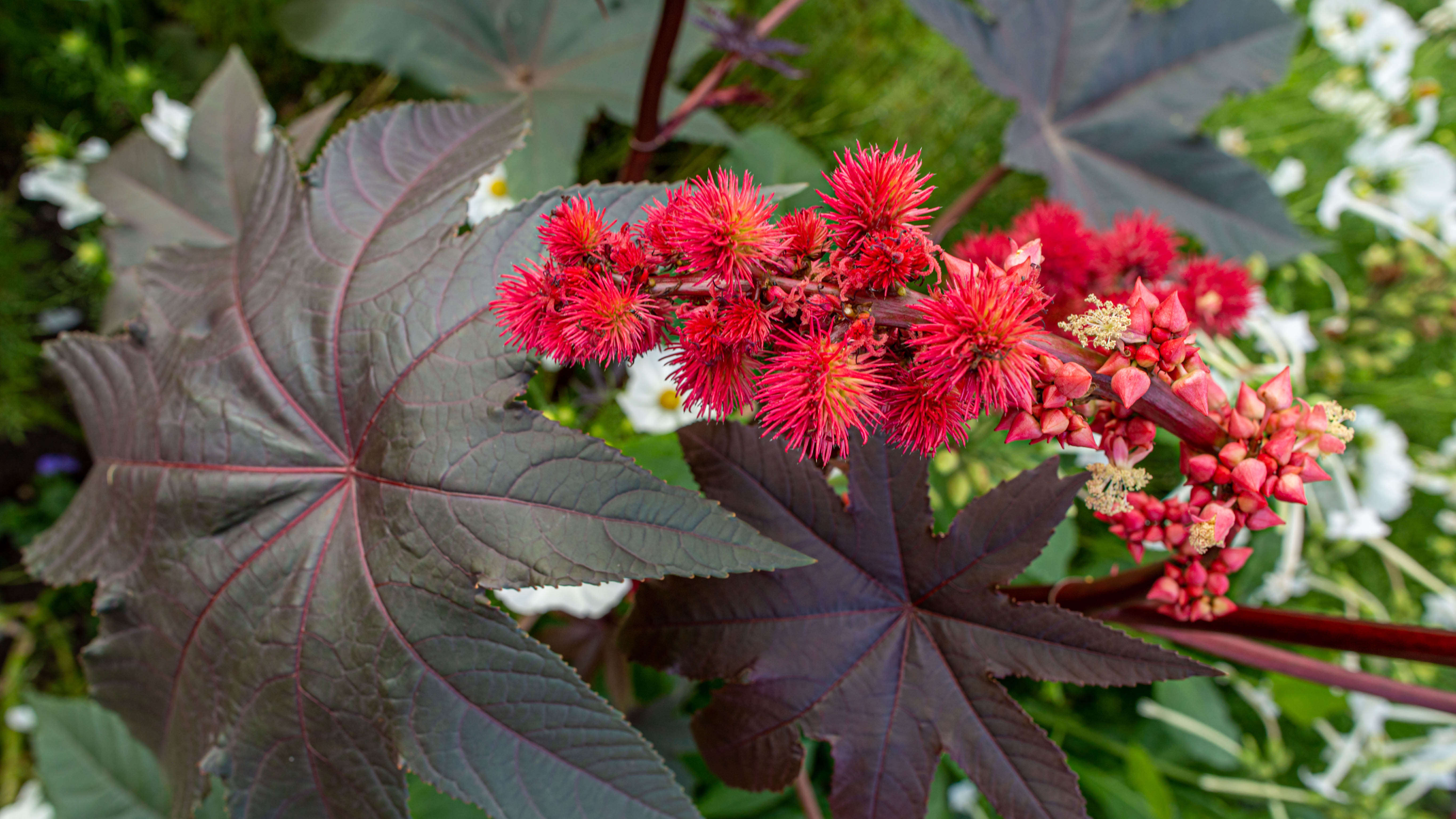
The castor bean plant has a thick, hedge-like appearance, with star-shaped leaves and red, spiky seed pods, which contain the so-called 'beans' — although they're not technically beans. Also known as Ricinus communis, this plant produces the 'beans' required to make castor oil. Castor oil is a type of vegetable oil which has a great many uses — it can aid digestion and relieve constipation as well as moisturize the skin. On top of this, castor oil is often recommended in home remedies for repelling moles — it won’t harm the moles, but the scent will deter them and leave them tunneling in the other direction. Consequently, the plant itself can make for an effective repellent.
However, safety precautions must be taken with castor bean plants. Both the plant and its seeds are highly poisonous to cats, dogs and children (as well as adults) because it contains ricin, and so it should not be grown in the same vicinity. Its cultivation is discouraged for this reason. You can purchase castor oil or a repellent containing castor oil separately instead, but you should still take care during application and storage. If you choose to grow caster bean plants, these grow well in USDA zones 9-11. They prefer to sit in the full sun, liking a warm environment with increased humidity levels, and require regular access to water to thrive.
5. Garlic
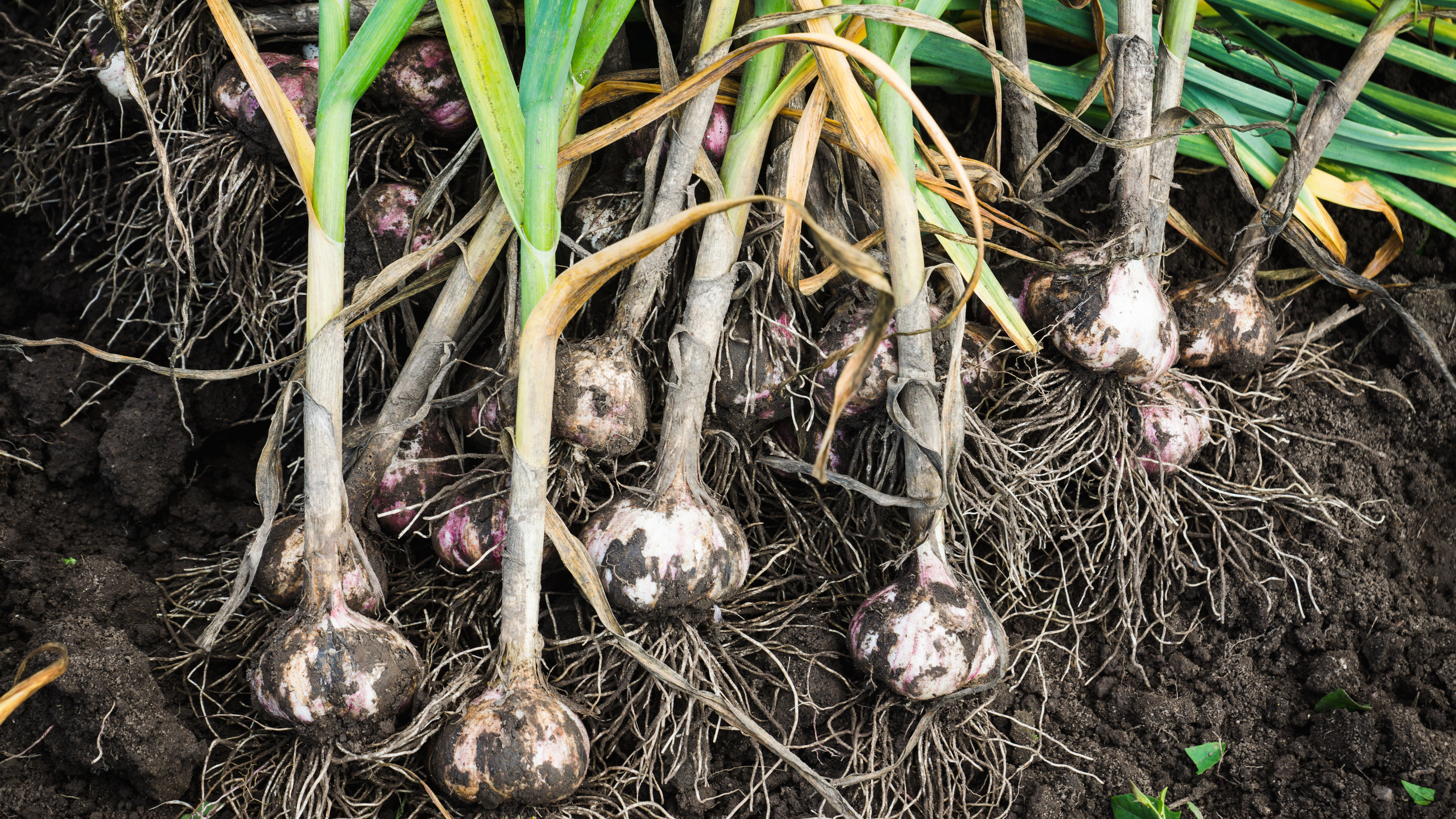
Garlic can do more than keep vampires away — the strong and overwhelming aroma produced by this plant will have moles running for the hills too (pun intended). These vegetables can repel all kinds of pests, including mice and rats, ants and even mosquitoes to name a few. Should the skin of the bulb take damage, it emits sulfurous compounds which deters all kinds of critters. In fact, some sites, such as Lawn Love, recommend placing garlic in the entrances of any molehills to keep them from returning. Considering you can make a meal of the results, why wouldn’t you want to grow this versatile vegetable?
Garlic needs at least 6 hours of sunlight a day and should be planted at least 4 inches apart — this gives sufficient room for the roots to grow. ½ to an inch of water every week will be necessary, and a fertilizer application in the spring can promote the best growth too. Your garlic is ready to harvest once the lowest three leaves start to brown. You can plant garlic in the fall, or in the spring time for a summer harvest. USDA zones 4-9 will be suitable. Garlic is toxic to dogs and cats though, so skip if you have pets.
6. Fritillarias

Part of the lily family, fritillarias produce breath-taking flowers in a range of bright colors depending on the variety — the blooms appear to droop from the weight of flowerheads and open to reveal prominent stamens. These plants have an exotic appeal to say the least, and they will no doubt catch the eye, reaching up to four feet in height. It’s another plant grown from a bulb which moles can’t stand — it produces an infamous skunk-like aroma which can keep rodents, squirrels and deer at a distance. None are quite so potent as the Fritillaria imperialis, or the Skunk lily. So long as you can handle the smell, it’s a great pest-repelling plant which can be strategically placed for maximum impact.
Fritillarias are straightforward to grow, despite the exotic appeal. They grow well in full sun or partial shade, and require regular water (about an inch per week). While hardy in nature, the soil needs to be fast-draining, otherwise the bulb can rot from the excess moisture. Suitable for USDA zones 4-8, but toxic to cats, dogs and children — care should be taken when growing this plant.
7. Onions

Finally, if you want to grow a few more vegetables for your kitchen, onions can be pretty handy at repelling moles too. Much like garlic, its scent is strong enough to keep moles at a distance, and the sulfonic acid it contains contributes to its effect on all kinds of pests. Onions are handy at repelling rodents as well as snakes, so they’re a multi-purchase vegetable. By planting these around areas you want to protect, you can create an underground barrier which moles will actively avoid. Although if you are ever worried about precious plant roots, you can use protective baskets, such as Digger’s 5-Gallon Root Guard Speed Baskets ($18.99, Amazon).
Onions are straightforward to grow — they should be planted in a sunny spot in the springtime, meaning they will be ready to harvest 3-4 months later. The crop needs to be watered deeply once per week, but take care not to overwater as this can lead to rotting and disease. Onions are suitable for USDA zones 5-10, but they’re toxic to dogs and cats once again.
More from Tom's Guide

Katie Mortram used to be a Homes Editor for Tom's Guide, where she oversaw everything from kitchen appliances to gardening tools, as well as smart home tech. Specializing in providing expert advice for cleaning and home manintenance, she now works as Household Advice Editor for Good Housekeeping.
